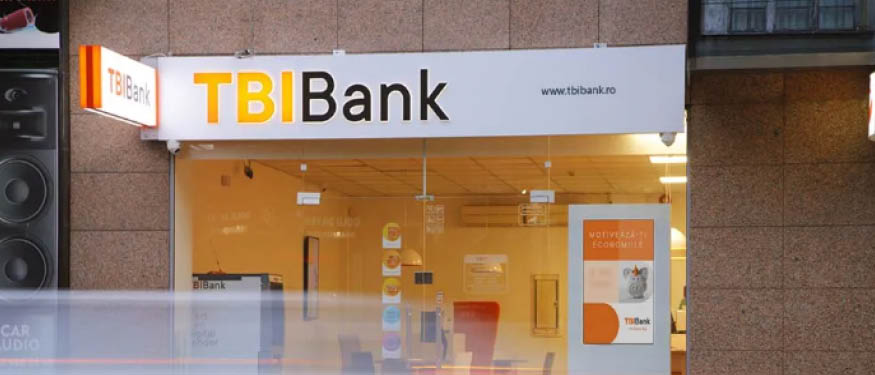In recent months, Slovenia’s real estate market has experienced significant shifts driven by economic, technological, and regulatory factors, with more changes expected.
Despite a recent halt and a slight decrease in inflation and interest rates, property prices have continued to rise, leading to a notable decline in real estate transactions. While the number of purchase transactions for residential real estate declined by 25-30% in 2023 compared to the year before, and the number of purchase transactions for commercial real estate in the same period declined by 20-25%, this trend is also continuing in 2024. The latest information on prices shows that residential real estate prices increased by 6.3%, and commercial real estate prices increased by 16.2% annually.
Online marketplaces for short-term housing leases, such as Airbnb and Booking.com, have increased investor interest in purchasing real estate for short-term rentals. This trend has contributed to rising housing prices, particularly in tourist areas. The increased demand for accommodation by tourists is expected to continue driving this trend. The latter also significantly impacts Slovenia’s underdeveloped rental market. An increasing number of tenants compete for a limited supply of rental housing, often due to higher financing costs and lower creditworthiness. In addition to short-term housing leases, housing shortage in most areas of Slovenia is pushing up rental prices. The government is attempting to address housing issues by building new rental properties rather than incentivizing the use of empty homes.
A significant trend in all real estate market segments is the growing emphasis on environmental, social, and governance (ESG) considerations. Investors and developers are increasingly prioritizing (or at least promoting it as such) sustainable and ethical practices, reflecting global trends toward greener and more socially responsible development. This shift is not just a response to regulatory pressures but also a reflection of a broader societal demand for sustainability in business practices. There are many opportunities for progress in this area, particularly in many older office buildings and premises, which are often energy inefficient, higher emitting, poorly designed for modern business and working environments, and ultimately associated with higher operating and maintenance costs.
As the real estate market evolves, it’s crucial for the industry to adapt to changing conditions. Financing for real estate projects remains predominantly reliant on bank loans, though innovative financing methods, such as real estate bonds, have seen limited success. For instance, one of the major real estate developers attempted to issue a five-year bond but faced low demand. Nevertheless, such financial instruments can offer excellent opportunities for the future when the market accepts them.
A significant challenge facing the Slovenian real estate market is the difficulties and delays in obtaining building permits, particularly affecting companies constructing prefabricated houses. These delays have been exacerbated due to a long-term strike among administrative unit employees, protesting low wages and high workloads. The impact has been severe, with companies experiencing significant drops in the number of building permits issued, leading to delays in project executions and potential financial losses. Although the strike recently ended, the accumulated delays in obtaining building permits will continue.
On the legislative front, the Slovenian government is considering substantial tax reforms, including the long-anticipated introduction of a wealth tax that would encompass real estate. This proposed reform aims to curb speculative investments and encourage using vacant properties. It has been suggested that primary residences will not be taxed, but additional properties owned by individuals might be subject to a tax rate ranging from 0.1% to 1% of the property value per year. The proposed reforms are intended to be implemented by 2025, though similar attempts in the past faced significant political hurdles and failed.
Additionally, the government announced the allocation of up to EUR 100 million annually to finance rental apartment construction to address the shortage of affordable rental housing and support urban development. However, legislation has yet to be drafted and clarify a series of unknowns.
Overall, Slovenia’s real estate market is navigating a complex landscape shaped by economic pressures, technological advancements, and evolving regulatory frameworks. The emphasis on ESG considerations, the impact of proptech, and major development projects continue to drive the market forward. However, challenges such as delays in obtaining building permits and the uncertain implementation of proposed tax reforms and housing legislation continue to pose significant hurdles. As the market evolves, stakeholders must adapt to these changes and navigate the regulatory environment to capitalize on opportunities within Slovenia’s real estate sector.
By Polona Bozicko, Partner, Zagorc & Partners
This article was originally published in Issue 11.7 of the CEE Legal Matters Magazine. If you would like to receive a hard copy of the magazine, you can subscribe here.
















